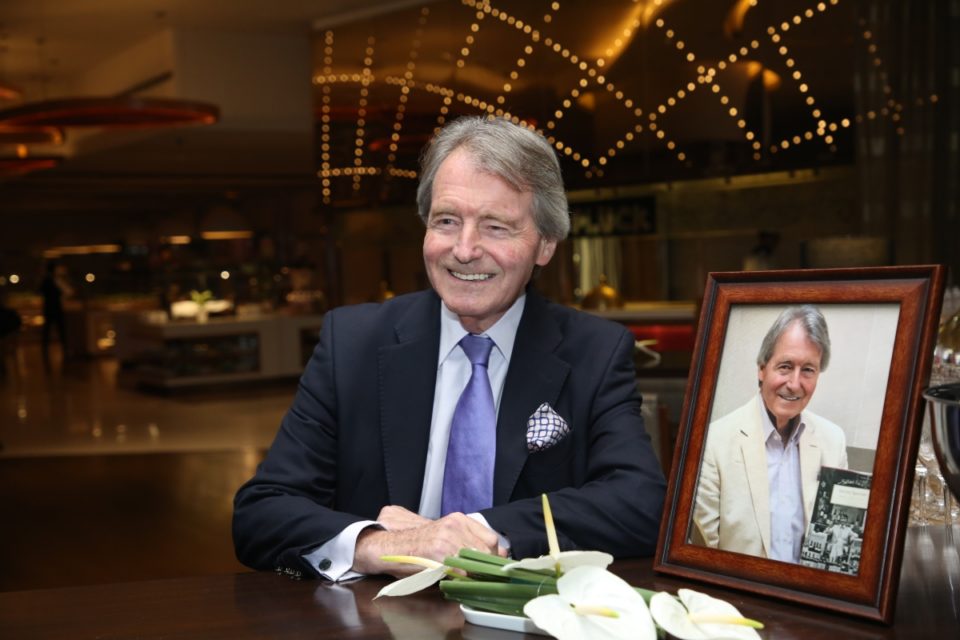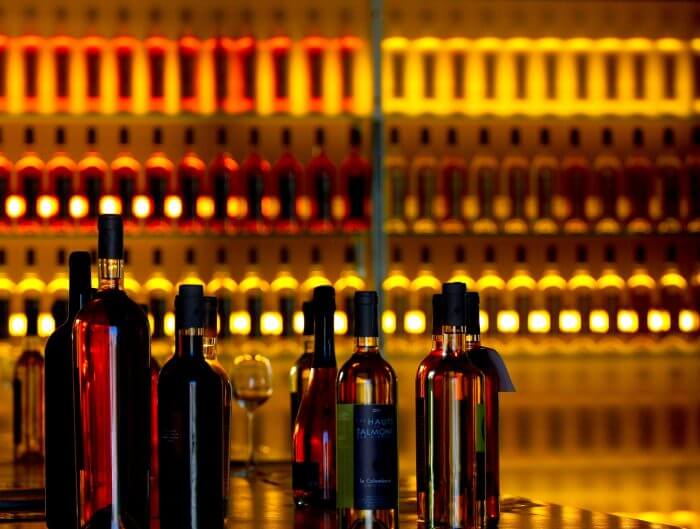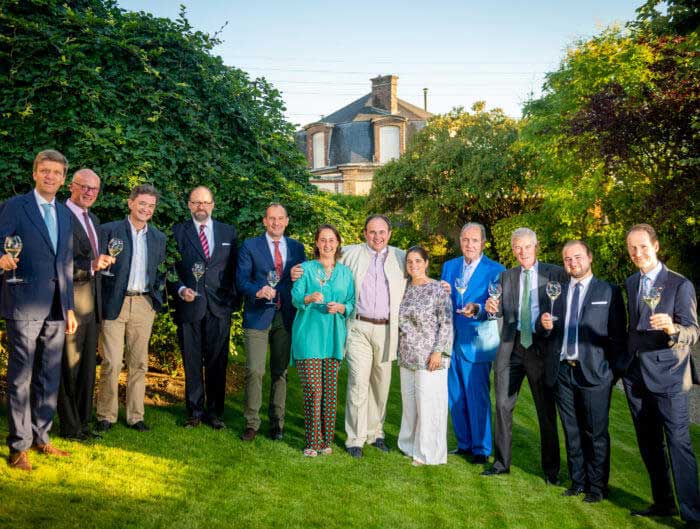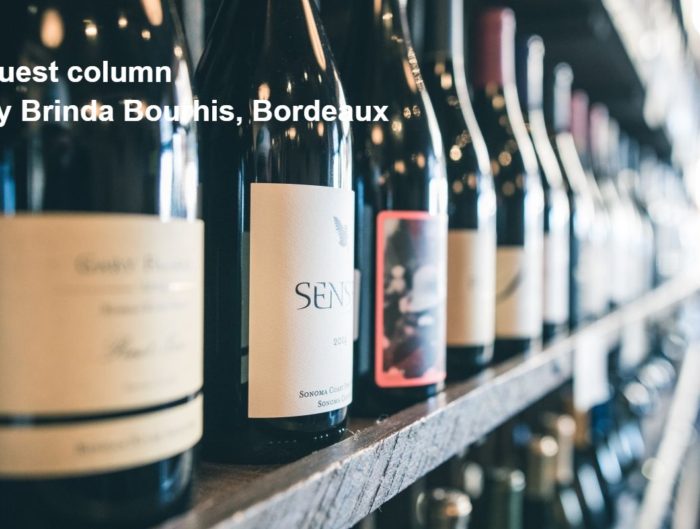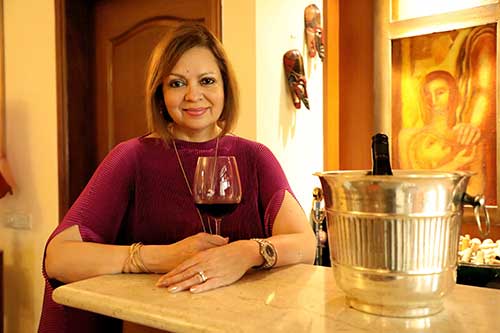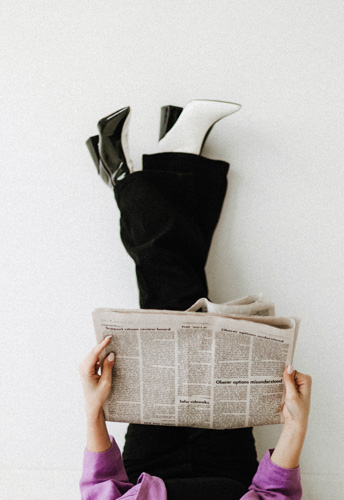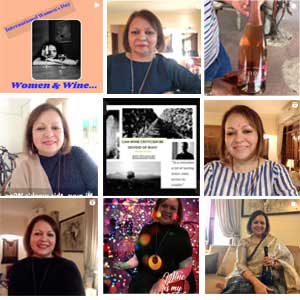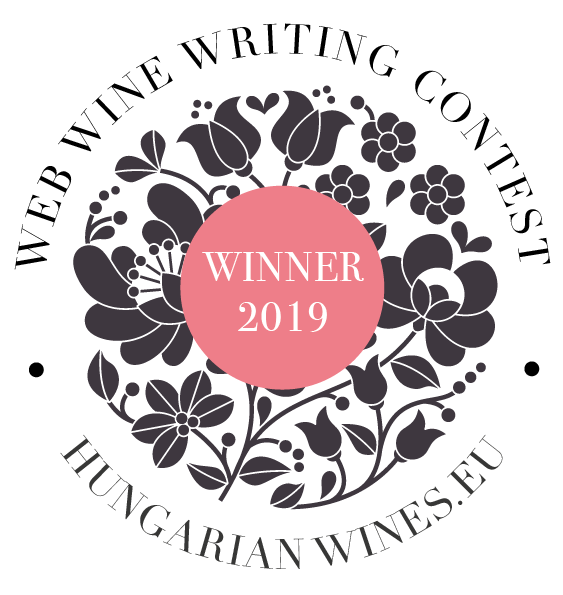Art, wine and all of life’s good things… on another day, Steven Spurrier might well have become Spurrier the art critic rather than Spurrier the wine expert. He recounts how a single sip of Port changed the direction of his life. Read on to discover more about Steven Spurrier in this Part 2 of his interview
While for many Steven Spurrier is a name synonymous with wine. But not too many know how you entered the field. What drew you to wine and has kept you there for over 50 decades?
In the Foreword, I recount that I have been inspired by my very first glass of wine, Cockburn’s 1908, at the family home on Christmas Eve 1954. This was true and I subsequently learnt a bit about wine through my history and geography lessons at Rugby School and joined the Wine Society at the London School of Economics, so by the time I was ready to find a job, I was determined that it would be in the wine trade. It also helped that I had a private income, so could afford to work in this sector, which was notoriously low-paying. Above all this was the fact that I loved the taste of wine, enjoyed the alcoholic ‘kick’ and from an early age had always wanted to do something independent, just for me.
What has kept me in the world is the 3 Ps – Place, where the vineyards are,
almost always very good to experience, People, who own the vineyards and make
the wine who are almost always good to know, and the Product, which is the
result of P1 and P2. Wine is totally fascinating, not just good to drink
with family and friends over a nice meal. There is always, always,
something different to taste and so much to learn, that you can never stop and
certainly, once you are bitten by the wine bug, never get bored.
Another revelation was your keen interest in art and antiques, and how
this was your main love and choice of career to being with. A little background
on it, please, and has that interest continued to date?
It is true that I was within an ace of joining Christie’s as a trainee had I not been offered a job as a trainee with Christophers Wine Merchants. My parents were interested in art and antiques in a natural way as we had always lived in big houses with furniture and pictures either inherited or bought to suit their taste. They used to insist on taking my elder brother and I to museums, art galleries, churches, palaces open to the public and so on, so I was brought up with culture and it has certainly stayed with me.
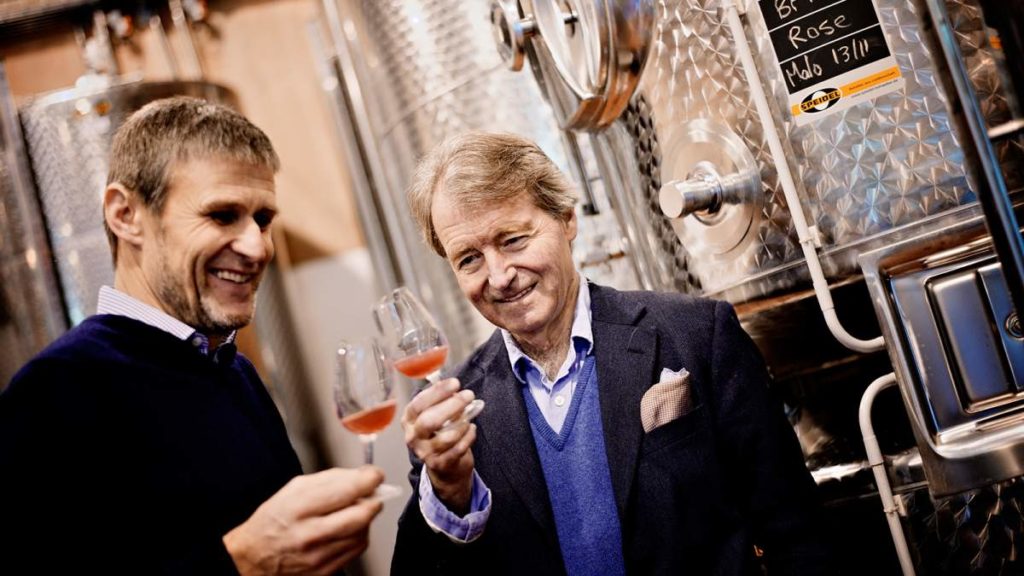
I think I have a high sense of visual appreciation and so art is
Please do give the readers a small introduction about Bride Valley, your own wine project. How and why did that happen? You mentioned to me once about the all-new sensation of being “on the other side of the judges’ table,” as a producer. Certainly a new feeling for you! What did it feel like, and how is Bride Valley doing now?
The first idea of a vineyard on the 200-acre farm my wife bought along with a fine village house in southwest Dorset started a little after the purchase in summer 1987. Right away I noticed that the soil was very chalky – we are only 25 miles from Kimmeridge, the village after which the chalk in Champagne is named – and I was still in Paris at the time, so put a rule of blocks of chalk in my pocket and showed them to Michel Bettane, the top lecturer at the Academie du Vin.
“Michel, where are these from?”
“Champagne of course.”
“No, from Dorset.”
“Then you should plant a vineyard.”
Had we planted then I would have gone for Pinot Blanc, just for a still wine, but thank heavens I didn’t! Time passed and in the mid-1990s I attended the Awards Evening of the International Wine and Spirit Competition (IWSC) and on being handed a glass of sparkling wine was asked what I thought it was.
“Champagne, almost certainly a Blanc de Blancs, probably a Grand Cru.”
“No, Nyetimber Blanc de Blancs from Kent.”
This put the ball in play and then when Ridgeview from Sussex, whose wine I had always liked, won the Decanter World Wine Awards for Sparkling Wine in 2009, this confirmed that England really had a future.
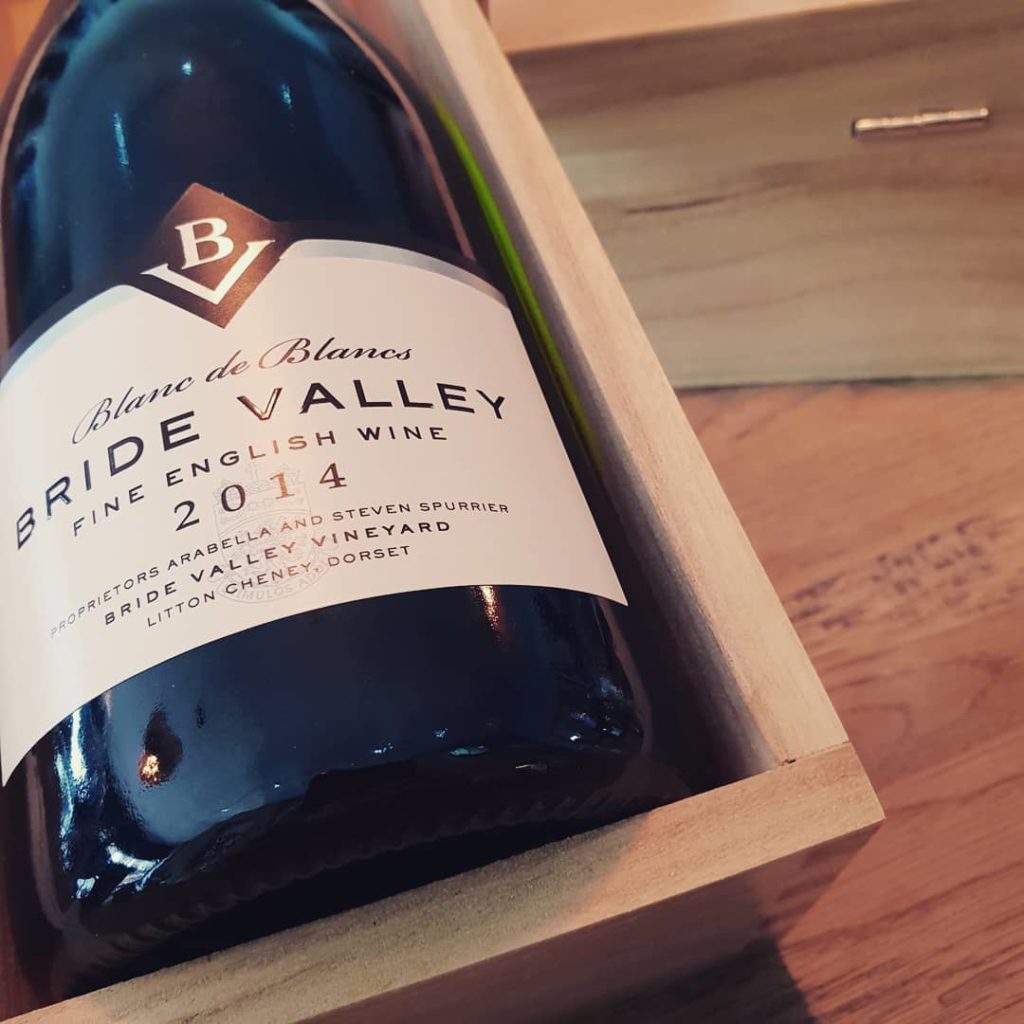
The farm is in a large bowl, mostly south facing; and in 2007 I took a dossier to Vinexpo in Bordeaux to present to the Boisset family who
With that advice, we planted in 2009 just over two hectares, then in 2010, 2011, 2012 ending up with 42,000 vines on 10 hectares. From the start I told Georges Legrand of Boisset that I intended to make only one wine, a Brut Reserve. He said this was stupid and I should make two or more. I asked why. “When you are behind the table showing your wine, with only one, you question can only be “do you like my wine?”, but with more than one the question could be “which of my wines do you prefer?”
This was excellent advice and the final chapter of my memoirs, Wine a Way of Life, is ‘Poacher turned Gamekeeper’, showing how Bride Valley Vineyard has, for the first time in 50 years in the wine trade, found me on the selling side of the table.
The next post is about Steven Spurrier and his thoughts on the movie Bottle Shock, based on the historic Judgement of Paris, as well as his view on wine in India.
Part 3, the third and final part of my exclusive interview with him, coming soon!

